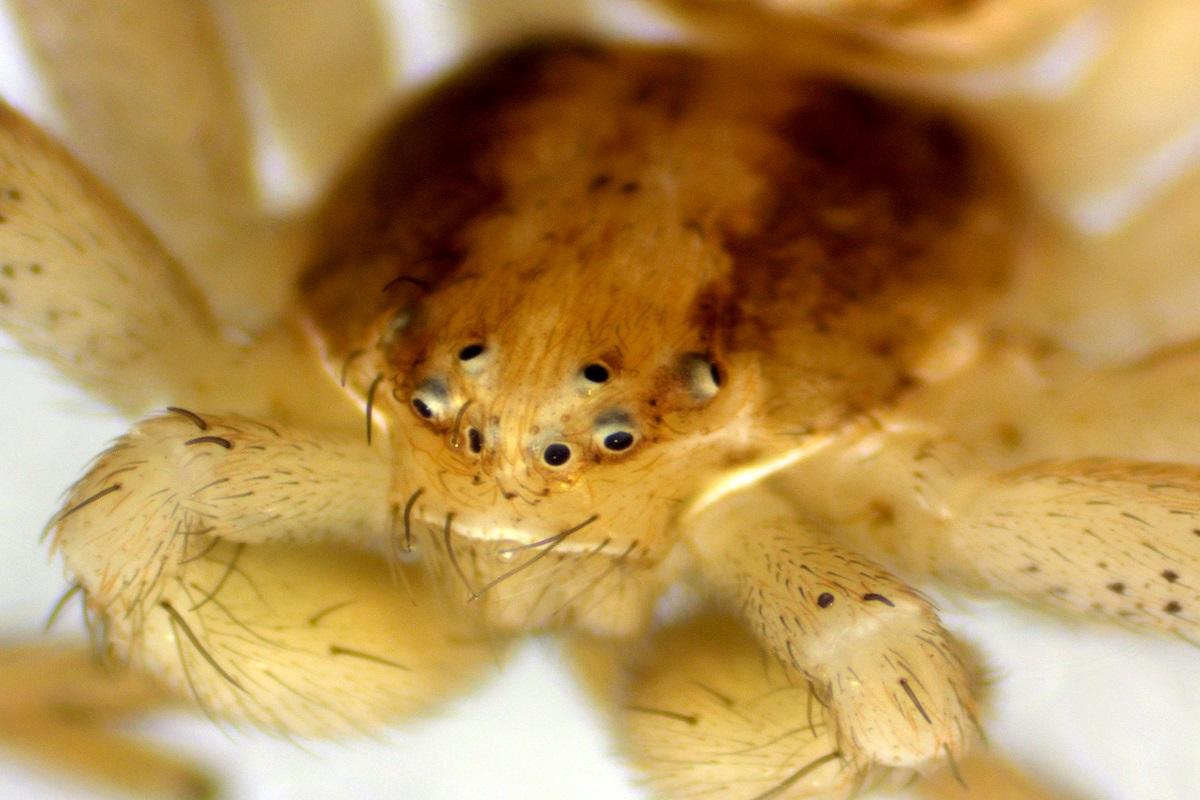Research Topic
We’re interested in many aspects of invertebrate visual systems, including their structure, function, ecology and evolution. Our research focusses on animals that have taken the seemingly unusual evolutionary route of having more than two eyes. These multiocular systems are found across the animal tree of life, in a rich variety of forms. We want to identify fundamental patterns in the function and evolution of these systems: are there specific taxa or ecologies in which they appear more commonly? What relationships link, for example, eye number and eye size? To answer these questions, we use a range of model systems and methods to study vision and its evolution in many-eyed animals. We are kindly supported by the DFG Emmy Noether Programme.
Research Focus
-
Functional evolution of vision in spiders
Spiders are the masters of visual versatility, with up to four pairs of eyes performing different tasks. Using X-ray imaging, 3D reconstructions, gene expression studies, and phylogenetic methods, we aim to reconstruct the evolution of the spider visual system across deep time and major ecological transitions. -
Extraocular vision in echinoderms
We use the brittle star Ophiomastix wendtii as a model to study extraocular vision (i.e. vision without eyes). Using behavioural experiments, microscopy, gene expression analyses and 3D modelling, we have demonstrated that they are able to detect and target areas of high contrast for shelter from predators, facilitated by thousands of individual photoreceptors and chromatophores spread across their body. - Photoreception, vision, and neuroanatomy in molluscs
Molluscs have evolved eyes of many different types several times, including many-eyed systems. Chitons, which are among the ‘simplest’ molluscs, can have large dispersed visual systems despite their small brains. We are using anatomical models, microscopy, and behavioural experiments to study photoreception and vision in these enigmatic animals, as well as other many-eyed molluscs. - The evolution of eye loss
Animals living in dark habitats, such as caves, burrows, and the deep sea, often evolve convergent characteristics including eye loss. We are interested in what shapes that process, where it is most likely to occur, and whether there are common evolutionary routes to eye loss. - Artificial light at night
In collaboration with researchers at the University of Bristol, we’re examining the current and future impacts of light pollution on short- and long-distance navigation in arthropods, using behavioural experiments, environmental monitoring and gene expression analyses.
